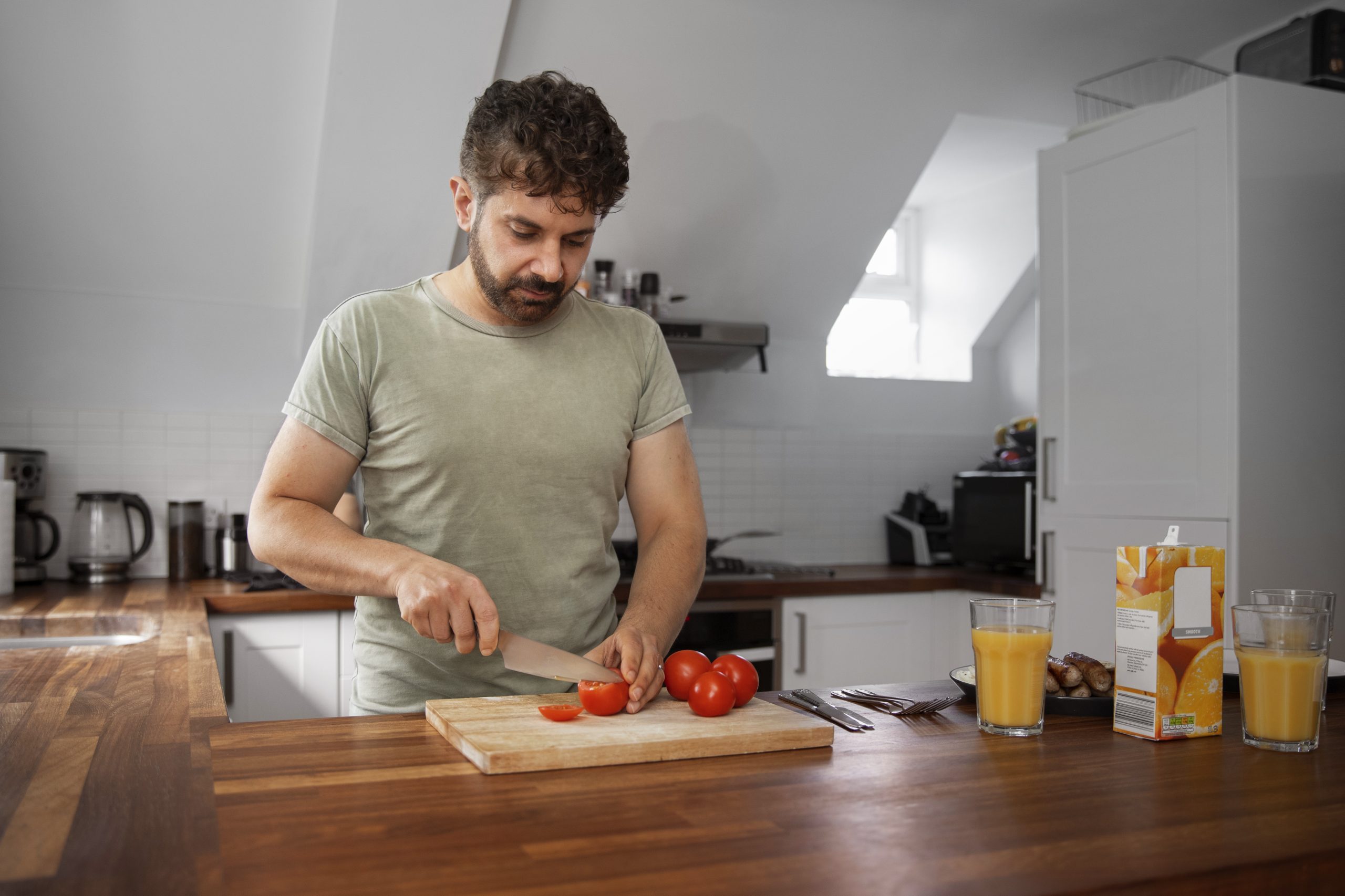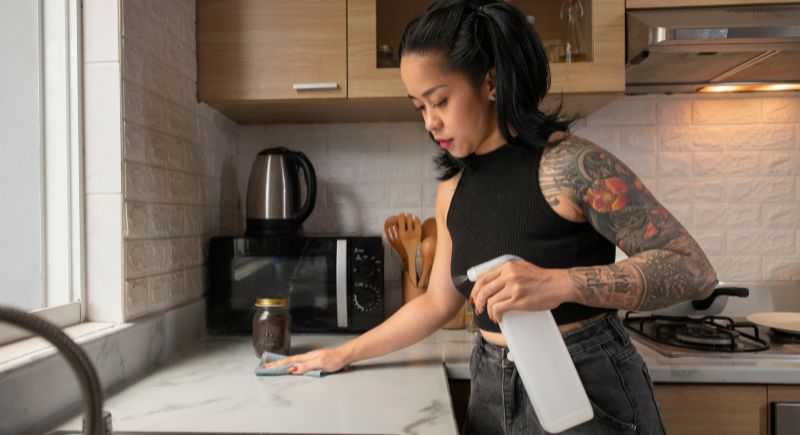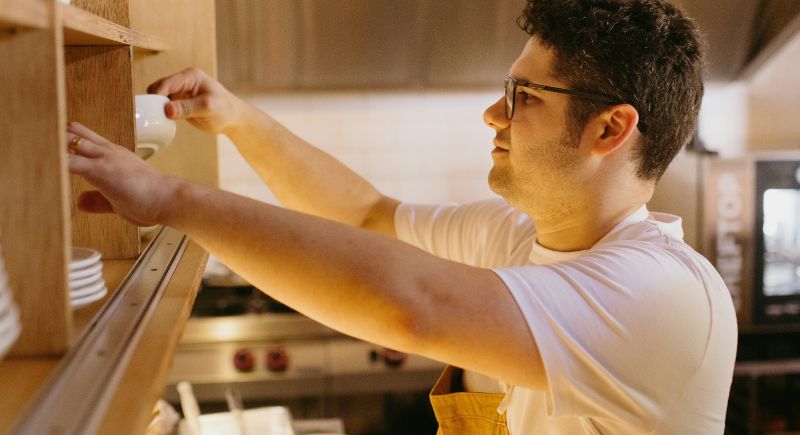More Married Men Are Helping at Home. And It’s Not What You Think
For a long time, chores around the house weren’t exactly split down the middle. Married women often juggled laundry, dishes, dinner, and diaper duty even when they worked full-time jobs. Men, meanwhile, were expected to show up with a paycheck. That’s the way things ran in many homes for decades. But over time, the idea of what’s “normal” inside a marriage started shifting. Gender roles loosened up, cultural expectations changed, and then the pandemic came along and sped things up.
According to a 2025 study published in Socius, the gap between the time married men and women spend on housework has dropped by 40 percent in the last two decades. That means guys are putting in more hours vacuuming, scrubbing, and folding. And the old labels of “men’s work” or “women’s work” aren’t sticking like they used to. The pandemic played a role here. With everyone stuck at home, routines got shaken up. Men who’d rarely seen the inside of a laundry room before 2020 were suddenly sorting socks on a Tuesday afternoon.
New Habits Here to Stay

Image via FreePik
While many women returned to pre-pandemic chore patterns, the same can’t be said for men. Researchers found that men kept up the housework, even after things reopened. That shift caught attention because it hints at a change in values.
Sociologist Melissa Milkie, one of the lead researchers, said this is part of a bigger rethinking around household roles. Men are doing chores not because they have nothing else to do, but because they’re supposed to. Some habits seem to have stuck. Melissa’s team noted that older men in particular are doing more occasional housework, like taking out the trash or yard work, while younger men are getting involved in daily routines like cooking or cleaning. Not everyone’s turning into a domestic wizard, but there’s definite progress.
Changing Chores, Changing Relationships

Image via Unsplash/Toa Heftiba
Granted, doing chores in your own home is nothing grand. But this shift is changing how couples feel about each other. A study from the University of Utah found that relationship satisfaction improved in marriages where men took on more cleaning and childcare. They argued less and felt more balanced.
Vacuuming might not be romantic, but having a partner who contributes is. Still, some tasks carry more weight than others. Women tend to care more about shared responsibility for daily messes than tasks that happen less often.
Shopping is another task that has seen a spike in male participation. Thirty percent of men are helping with errands now, which is up from previous decades. These aren’t huge numbers, but they’re meaningful shifts.
The Gender Gap Isn’t Gone

Image via FreePik
Of course, women still do more at home overall. The most recent American Time Use Survey shows married women spend around 17.7 hours per week on all household work, while married men clock in at 11.2 hours. That includes chores, childcare, shopping, and yard work. The gap isn’t as big as it was in the 1960s, when women did seven times as much housework as men, but there’s still work to do.
Childcare also remains uneven. Women continue to spend nearly double the amount of time with kids. But men are spending more time with their children than they did even in the early 2000s. That’s true across education levels and income brackets.
A mix of factors is driving this change. More women are working, many in demanding careers. At the same time, younger generations are growing up with a more balanced view of what partnerships should look like. Men also talk about equality more often and more openly. Support for gender balance in the workplace and at home has climbed across every age group, including Gen Z and millennials.
Research has also highlighted how cultural norms affect expectations. In some cases, women hesitate to hand off tasks because they doubt they’ll be done right. That kind of “gatekeeping” can keep men from getting involved. But when couples agree to share the load, and when men take ownership without being nudged, it positively shifts the dynamic.
Where It’s Heading

Image via Unsplash/Jonathan Borba
There’s still a long way to go, but the data shows a steady move toward balance, and it’s not slowing down. Young people today are growing up with different models for marriage and home life. Many aren’t waiting for permission to make things fair. They’re starting relationships with shared expectations already built in.